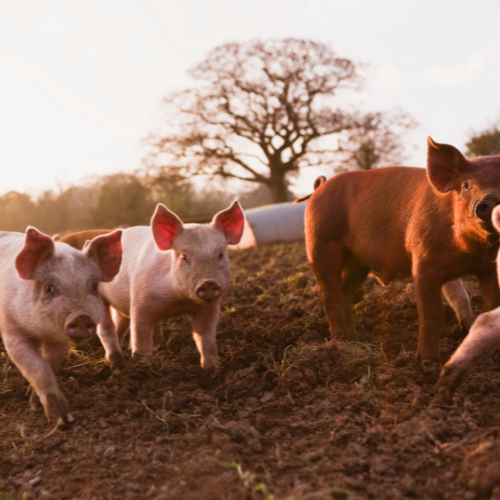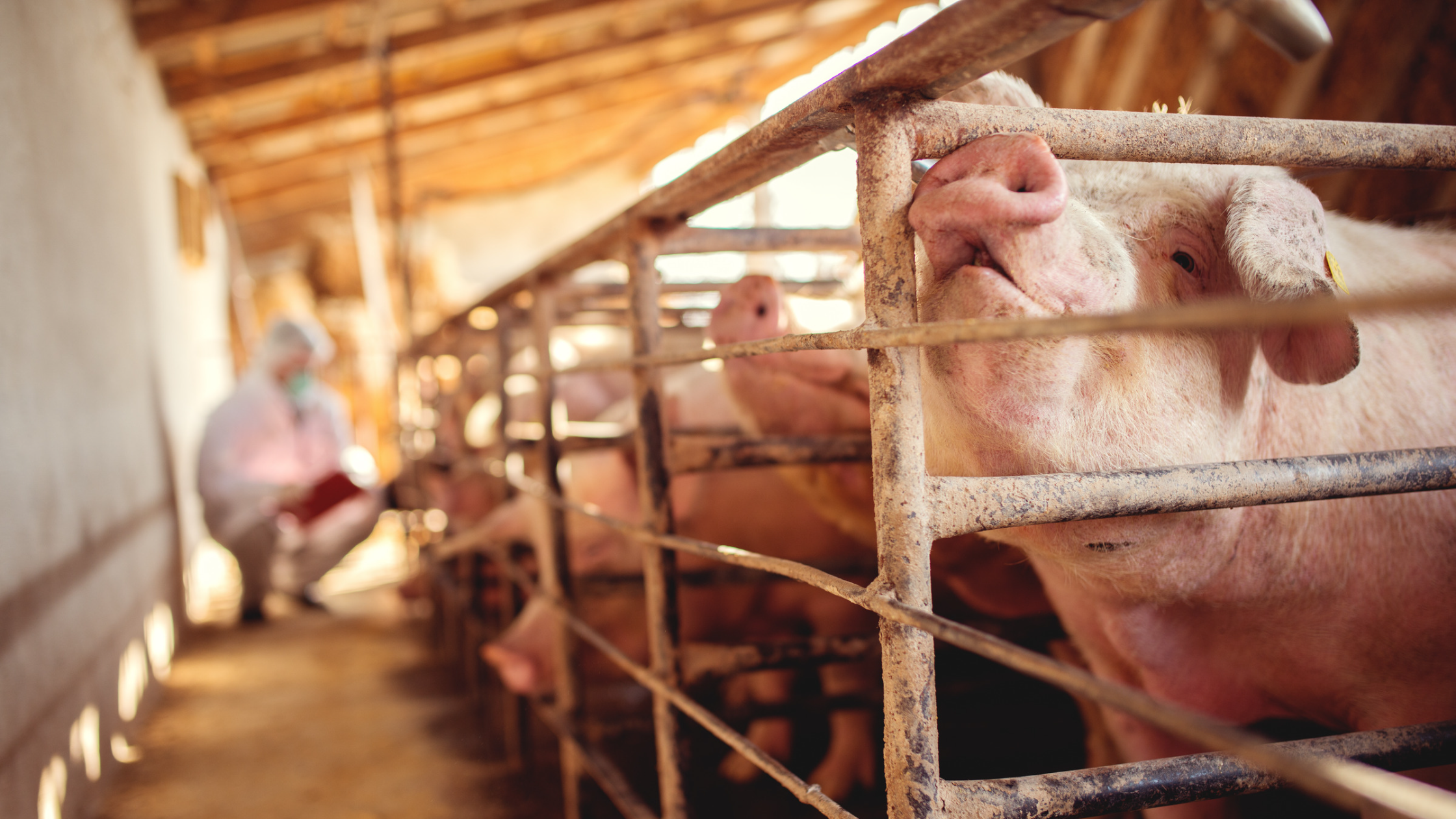Interpretation of real-time PCR vs PathoSense results
In the past decade, real-time or quantitative PCR has become one of the most frequently used techniques to assess the presence of pathogens in veterinary diagnostic samples. Quantitative PCR or shortly qPCR is based on targeted amplification of a very specific and short (75-150bp) region of the pathogen genome. It means that as a veterinarian you will always have to make a prior selection of what you want to test for. In contrast, PathoSense is a novel technology based on ad-random nanopore sequencing of pathogen genomes, without requiring prior selection. Both techniques target genetic material but the interpretation is different. Here we give a short refreshment about both methodologies and their interpretation.

The real time PCR technique explained
To target specific pathogen sequences, scientists have to design very specific primers or stretches of +-20 nucleotides that are identical to the pathogens or strains of interest. However, pathogens mutate continuously, which means that primers that have been designed today will not necessarily still function the next year. One or two mutations in the binding-site of the primer to the pathogen genome can already hamper the real-time PCR efficiency and lead to a false-negative result. Why do we need these primers? They are an anchor point or starting point for the polymerase enzyme to duplicate the region of interest in a repetitive process of 40 cycles. Each cycle of a well-designed qPCR consists of only two steps. The first step is the denaturation or separation of the double-stranded DNA strands and occurs at a very high temperature, namely 95°C. The second step is the annealing phase for which the temperature is lowered to around 60°C. At this lower temperature, the primers will now be able to bind to the specific region of interest, one at the 5’-end and one at the 3’-end of the region of interest. After the annealing phase, the temperature will increase again to 95°C and the region of interest will be amplified. A copy of the target region was generated. This is happening for 40 cycles and each cycle will thus lead to a duplication or exponential amplification of the region of interest. These amplicons can be visualised by either using a fluorescently labeled probe or a fluorescent intercalating dye such as SYBR Green. This visualisation occurs after each cycle. When a fluorescent signal is detected, it means that the amplicon or genetic sequence of interest was present in the sample and that the target region was amplified. Scientists analyzing the performance of the real-time PCR will define a threshold based on curves of positive control samples. When the fluorescent curve is crossing this threshold, a Cycle of quantification (Cq (correct terminology) or Ct (frequently used abbreviation in the field) can be determined.

Pathogen loads and Cq values
Detection of infectious pathogens with PathoSense
You will now understand better that Cq value interpretation will help you in assessing the clinical relevance and the infectivity of the pathogen detected. This is also where we have to situate the important difference between PathoSense and real-time PCR. PathoSense uses ad-random nanopore sequencing of pathogen genetic material (DNA/RNA). This means that we don’t have to use specific primers like in real-time PCR and that a broad overview of the pathogens inside the samples can be given without prior selection. However, very important is the fact that at PathoSense all samples are being treated with an enzyme to destroy free-floating nucleic acids such as host genetic material. This treatment will also lead to the disruption of free genetic material of non-infectious pathogens. As a consequence, it means that pathogen DNA/RNA in samples testing positive in real-time PCR at high Cq value will be destroyed and will thus not test positive with PathoSense. The result will be that pathogens that are detected at the moment of sampling will very well represent the situation of what is happening in the animals or herd at that exact moment. It means that at the moment of sampling, the pathogen with the high Cq value was not relevant anymore, but that animals may require treatment for other pathogens that have been detected at the moment of analysis.
With this article we have refreshed the basics of real-time PCR and interpretation of Cq values. We also highlighted the key differences between real-time PCR and PathoSense. Always be very critical and look to the broader picture when performing diagnostic analyses in veterinary medicine.


